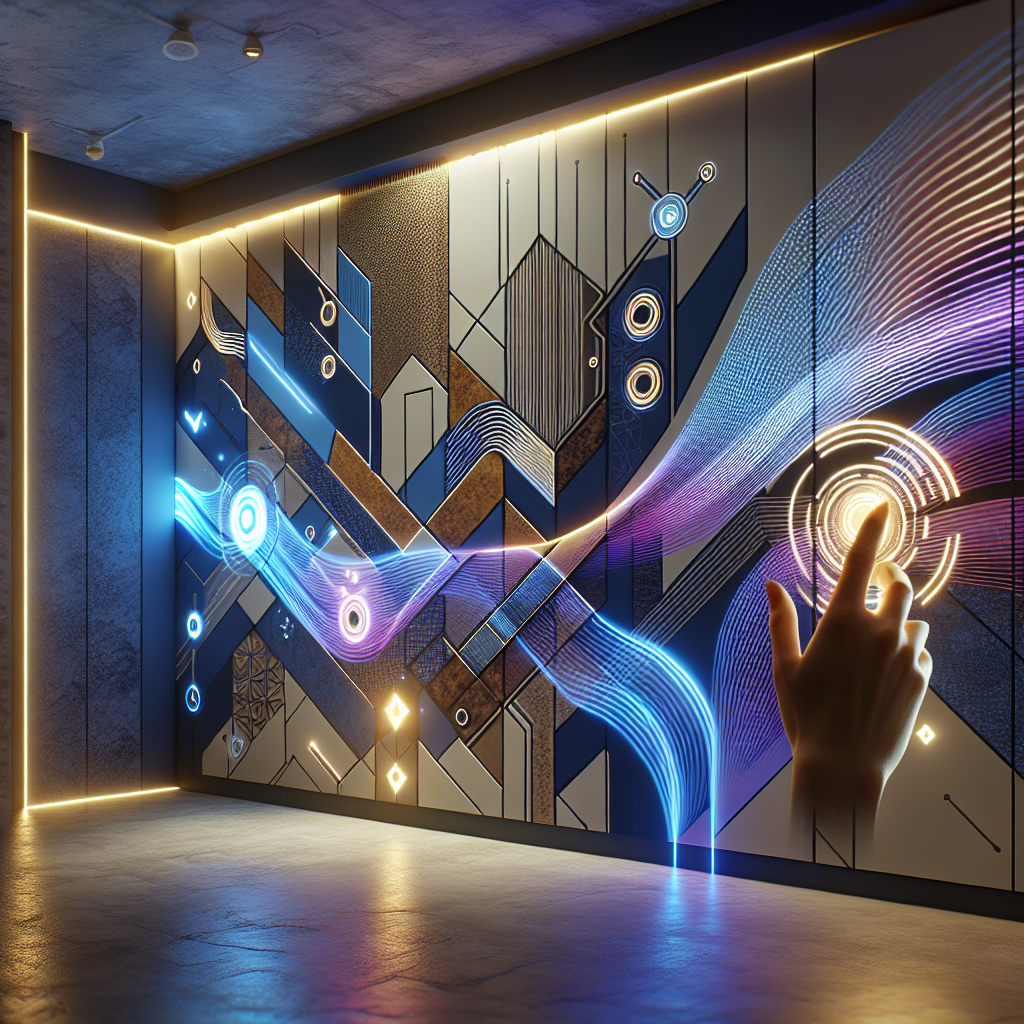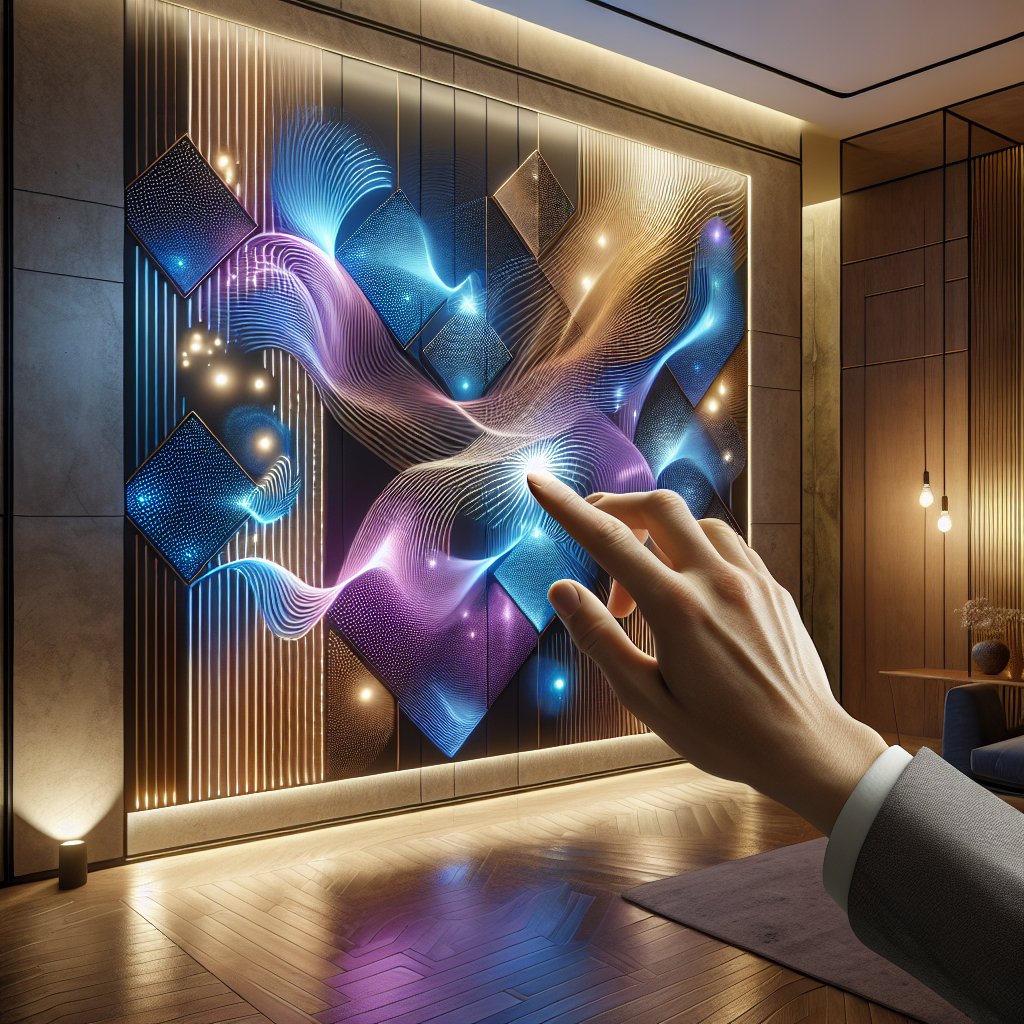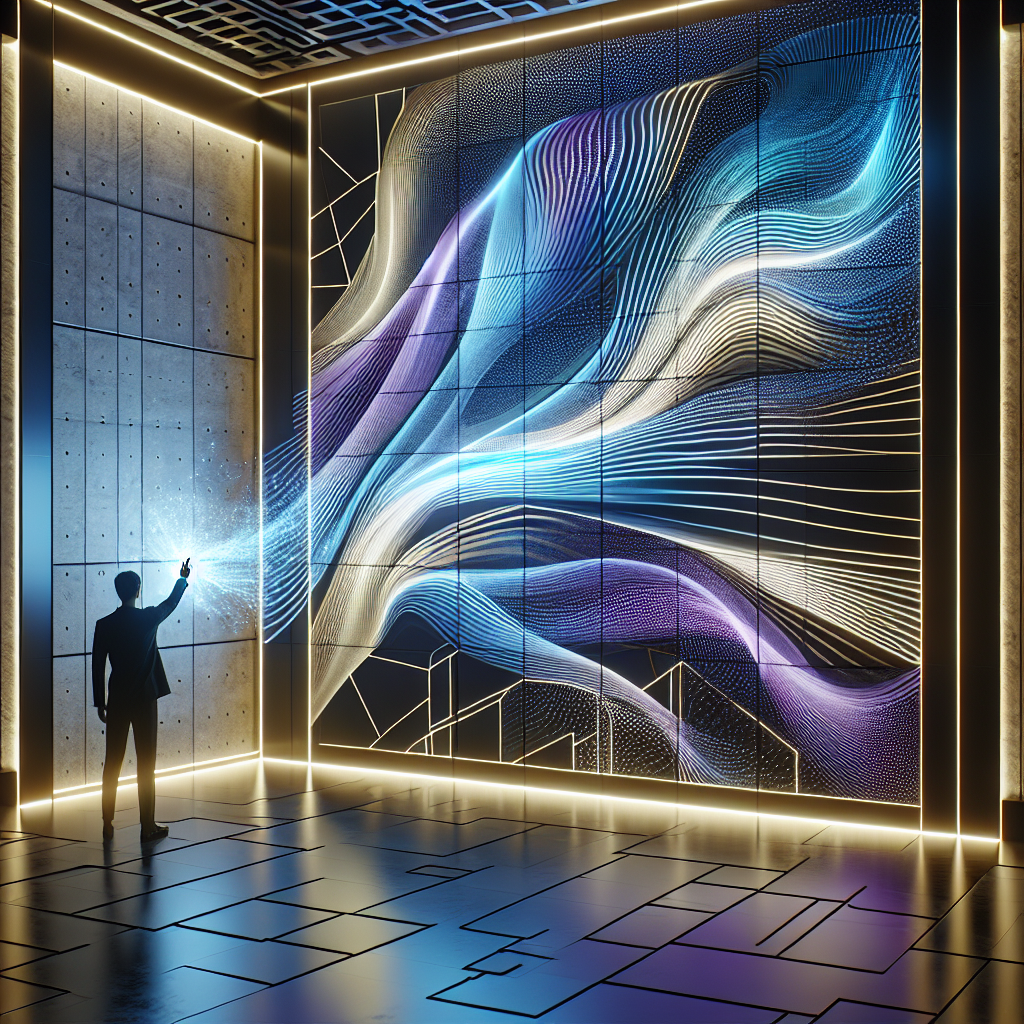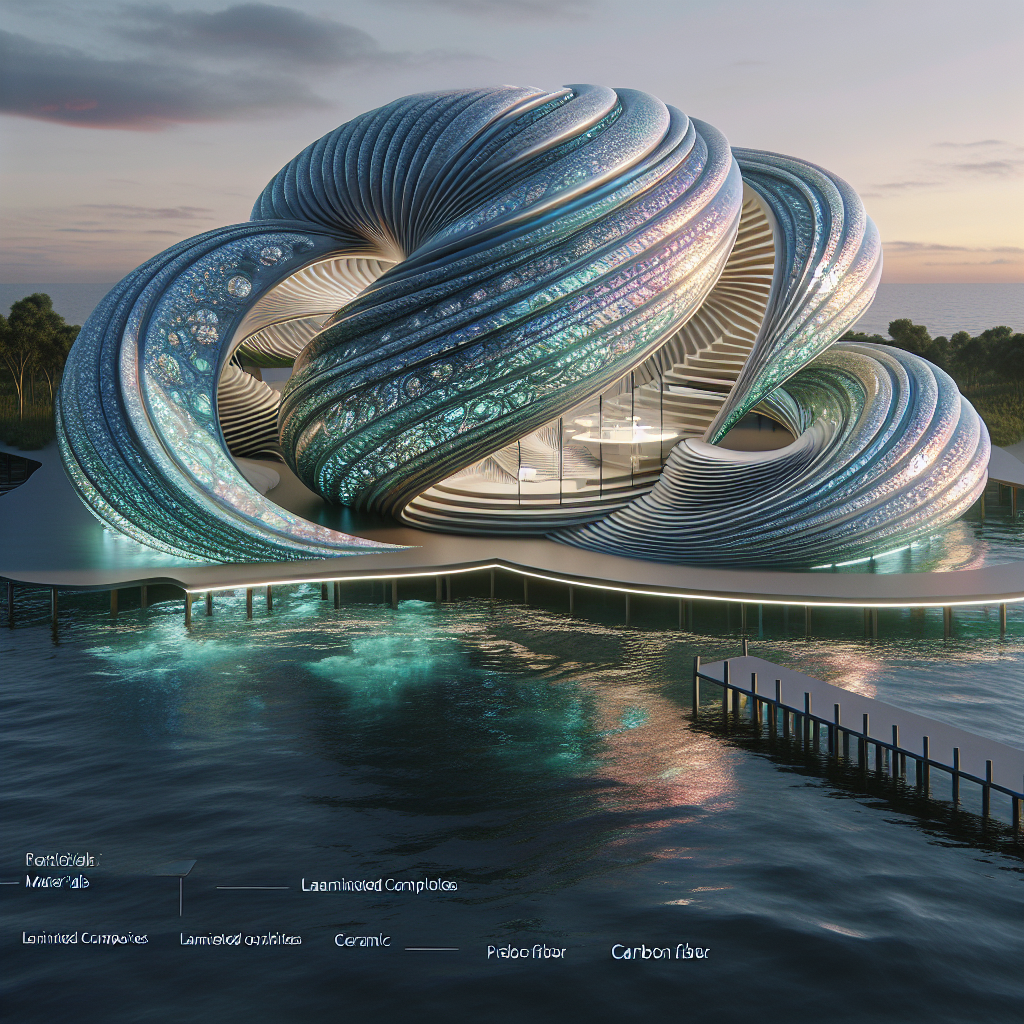Murals as sensors: interactive designs glowing upon contact
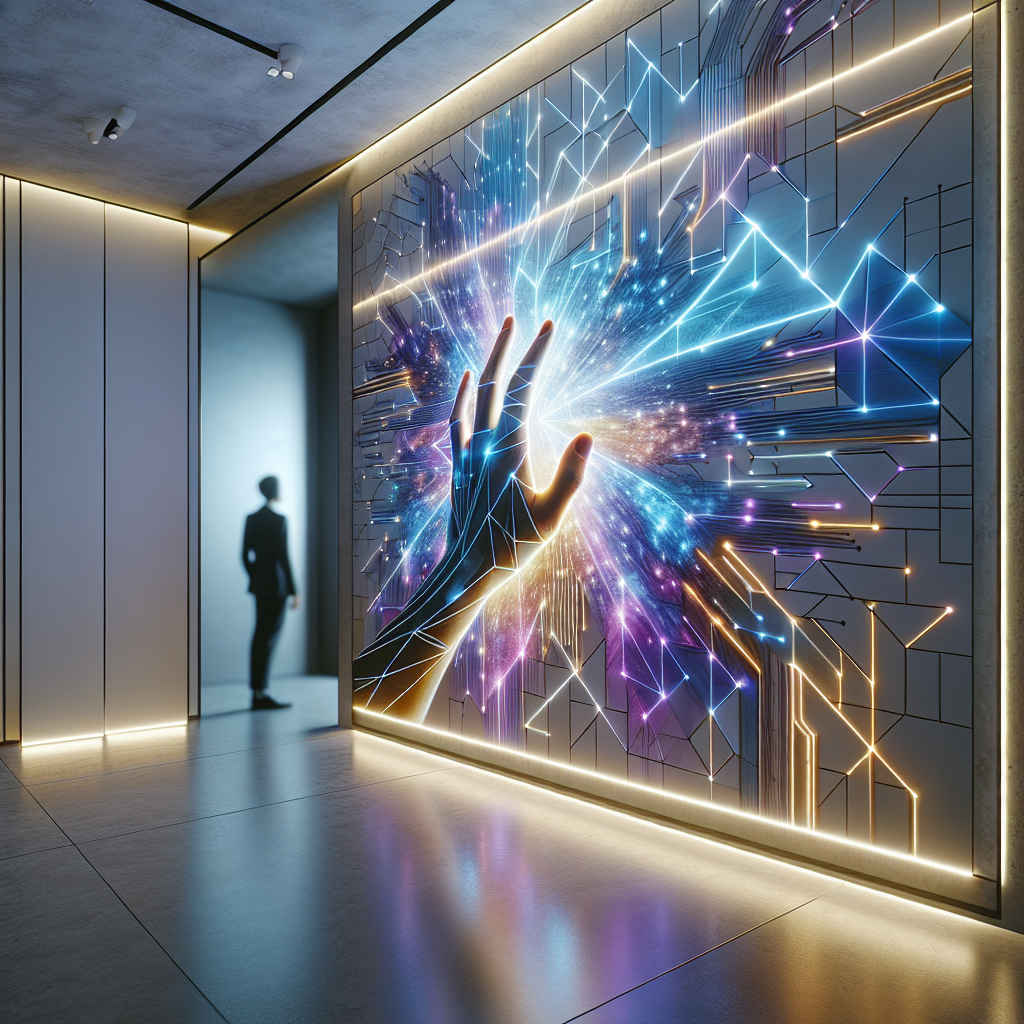
Murals as Sensors: Interactive Designs Glowing Upon Contact
Walls have always been silent witnesses to human activity—blank canvases that architects and designers transform into statements of culture, identity, and innovation. Today, those surfaces are no longer passive. A new frontier in interactive design is emerging: murals that act as sensors, glowing upon touch or proximity. This convergence of art, architecture, and technology is redefining how we perceive and inhabit space, offering experiences that are as functional as they are poetic.
The Evolution of Murals: From Static Art to Responsive Surfaces
Murals have historically served as cultural storytelling devices, from the frescoes of Pompeii to the politically charged walls of 20th-century Mexico. In contemporary interiors, hand-painted murals have already seen a resurgence, as noted in the growing interest in hand-painted wall murals. Yet the next step is not simply decorative—it is interactive. By embedding sensor technology and conductive materials into wall finishes, murals can now respond to human presence, illuminating patterns, shifting colors, or even producing soundscapes when touched.
This evolution mirrors broader architectural trends where static elements are being reimagined as responsive systems. Just as responsive design adapts buildings to environmental conditions, sensor-based murals adapt interiors to human interaction, blurring the line between artwork and interface.
The Technology Behind Glowing Murals
At the core of these interactive walls lies a combination of capacitive sensing—the same principle that powers smartphone touchscreens—and electroluminescent materials or LED-embedded paints. Conductive inks, often based on silver or carbon, are applied beneath or within the mural surface. When a person’s hand approaches or makes contact, the mural detects the change in electrical field and triggers a programmed response, such as glowing outlines or cascading light effects.
Some studios are experimenting with electroluminescent panels that can be seamlessly integrated into plaster or concrete walls, while others are developing smart textiles woven with light-emitting fibers. These technologies allow murals to function as both art and interface, offering a tactile and visual dialogue between space and user.
Case Studies: Where Art Meets Interaction
Several pioneering projects illustrate the potential of murals as sensors:
- Urban Installations: In Berlin, an interactive wall installation in a cultural center allows visitors to “paint with light” by dragging their hands across a mural embedded with capacitive sensors. The wall responds with glowing trails that fade over time, creating a collective artwork shaped by the public.
- Hospitality Spaces: A boutique hotel in Tokyo has integrated glowing murals into its lobby, where guests’ movements trigger subtle waves of light across abstract patterns. The result is a living artwork that shifts with the rhythm of arrivals and departures.
- Educational Environments: In a children’s science museum in Barcelona, interactive murals depicting constellations light up when touched, teaching visitors about astronomy through playful engagement.
These examples highlight the versatility of the medium, from interactive installations in public spaces to intimate, atmospheric applications in interiors.
Design Implications: A New Layer of Spatial Experience
For architects and interior designers, murals as sensors introduce a new dimension of experiential design. Walls are no longer mere boundaries; they become communicative surfaces that engage occupants emotionally and physically. This shift aligns with the growing emphasis on human-centric design, where spaces are crafted to foster well-being, curiosity, and connection.
In luxury retail, glowing murals can enhance storytelling by guiding customers through a narrative journey. In residential projects, they can serve as ambient lighting systems, subtly responding to touch or motion to create personalized atmospheres. In workplaces, interactive walls can foster collaboration, transforming brainstorming sessions into immersive visual experiences.
Sustainability and Material Innovation
Beyond aesthetics, the integration of sensor-based murals intersects with sustainability. By embedding low-energy electroluminescent materials, designers can reduce reliance on traditional lighting systems. Furthermore, advances in conductive polymers and biodegradable substrates are paving the way for environmentally responsible applications.
This trajectory echoes the broader movement toward circular economy design, where innovation in materials is as critical as innovation in form. Imagine murals that not only glow but are also made from recycled or renewable resources, merging technological sophistication with ecological responsibility.
The Cultural Dimension: Murals as Social Interfaces
Interactive murals also carry a profound cultural significance. By inviting touch and participation, they democratize art and design, transforming passive viewers into active co-creators. This participatory dimension resonates with the rise of public art as a tool for community engagement, where walls become canvases for collective expression rather than top-down impositions.
In cities, glowing murals can serve as wayfinding devices, safety features, or even platforms for data visualization—imagine a wall that lights up to reflect air quality or energy consumption in real time. Such applications align with the ethos of public art transforming urban landscapes, where design is not just aesthetic but socially functional.
Challenges and Future Directions
Despite their promise, sensor-based murals face challenges. Durability is a concern, particularly in high-traffic public spaces where surfaces endure constant wear. Maintenance and repair of embedded technologies require new skill sets, blurring the boundaries between artist, architect, and technician. Cost remains another barrier, though as with most emerging technologies, prices are expected to decrease as adoption scales.
Looking ahead, integration with augmented reality and AI-driven personalization could expand the potential of these murals. Imagine walls that not only glow upon touch but also adapt to individual preferences, recognizing users and tailoring responses accordingly. As cities and interiors increasingly embrace AI in architecture, murals may evolve into hybrid interfaces that merge physical tactility with digital intelligence.
A New Canvas for the 21st Century
Murals as sensors represent more than a technological novelty; they embody a paradigm shift in how we conceive of walls, surfaces, and the role of design in daily life. They invite us to touch, to play, to co-create—transforming architecture from a backdrop into an active participant in human experience. For architects, designers, and cultural institutions, this is not merely an aesthetic experiment but a profound opportunity to redefine the language of space.
As we stand at the intersection of art, technology, and sustainability, the glowing mural is a reminder that the walls around us need not be silent. They can listen, respond, and illuminate—becoming living canvases that reflect both our presence and our imagination.
